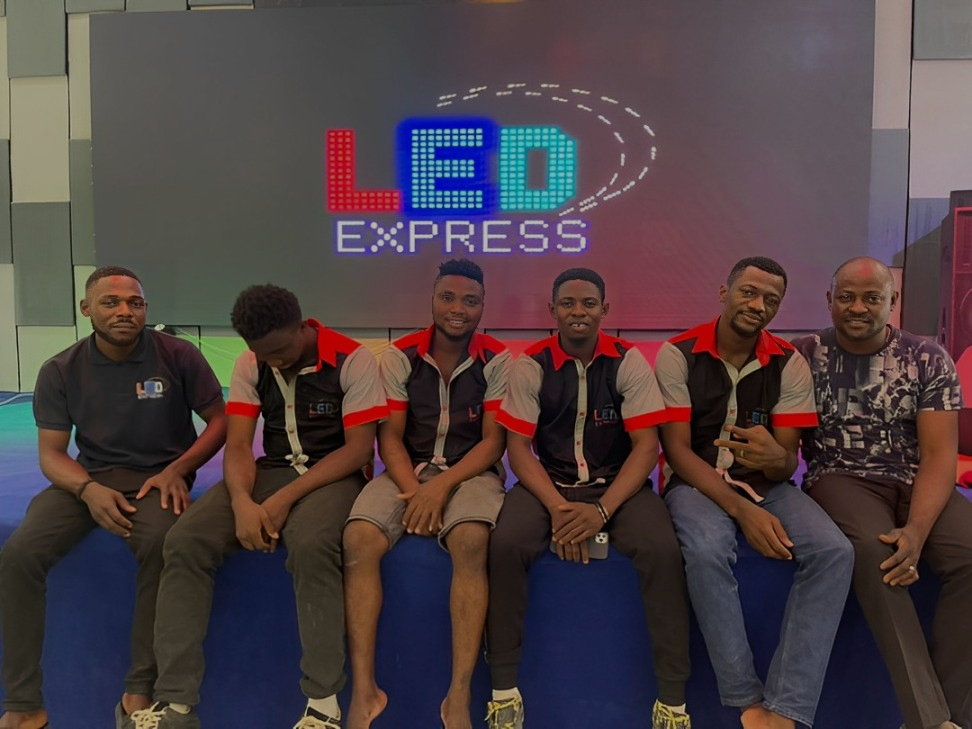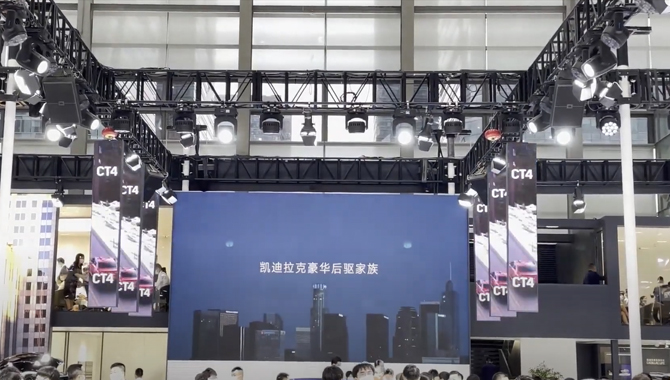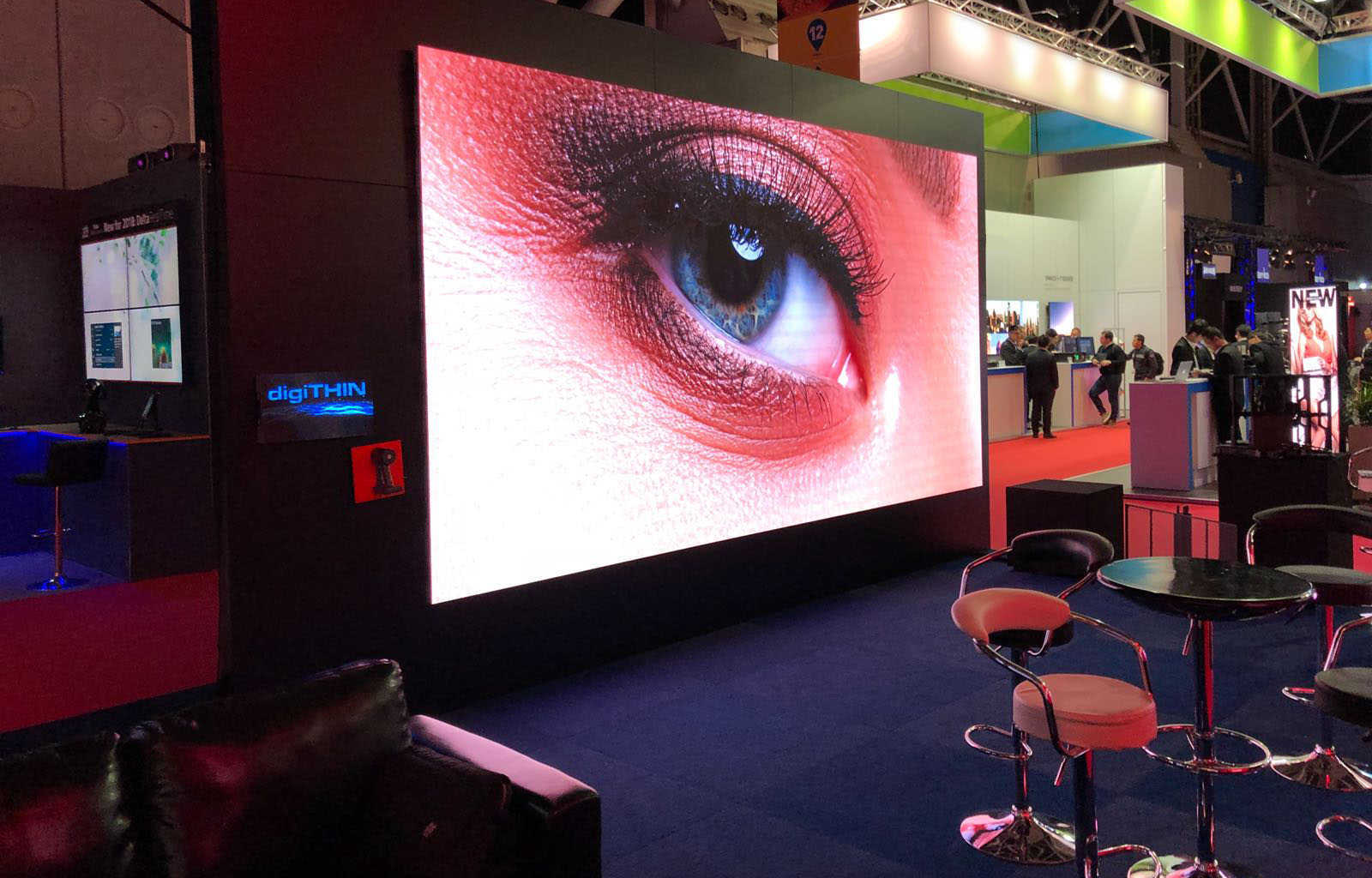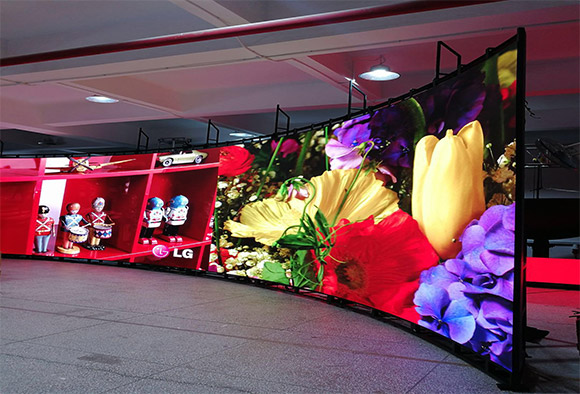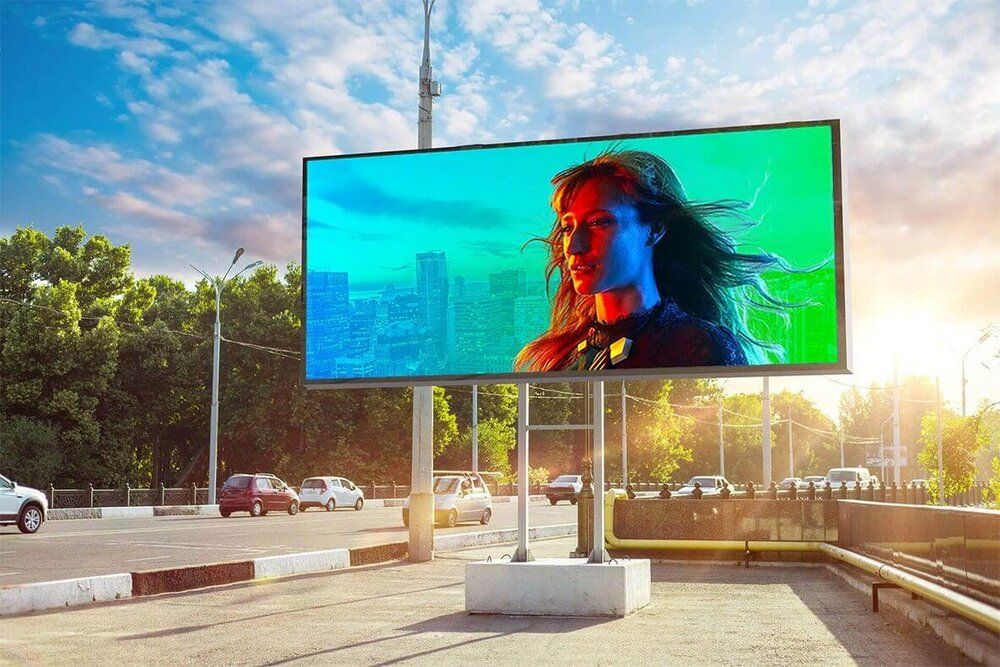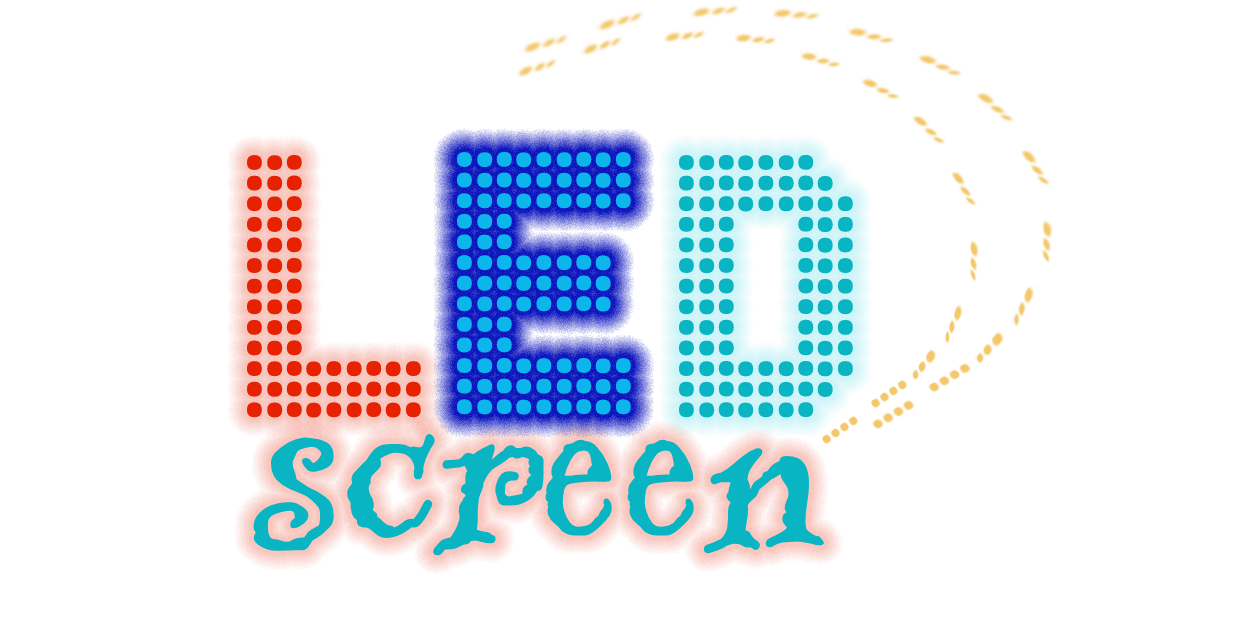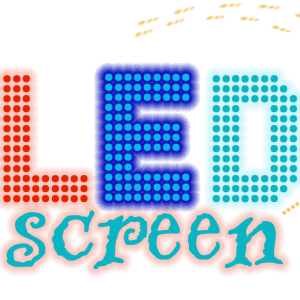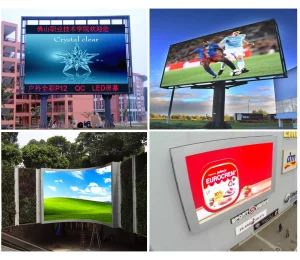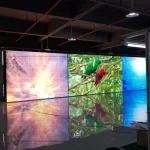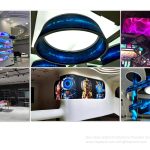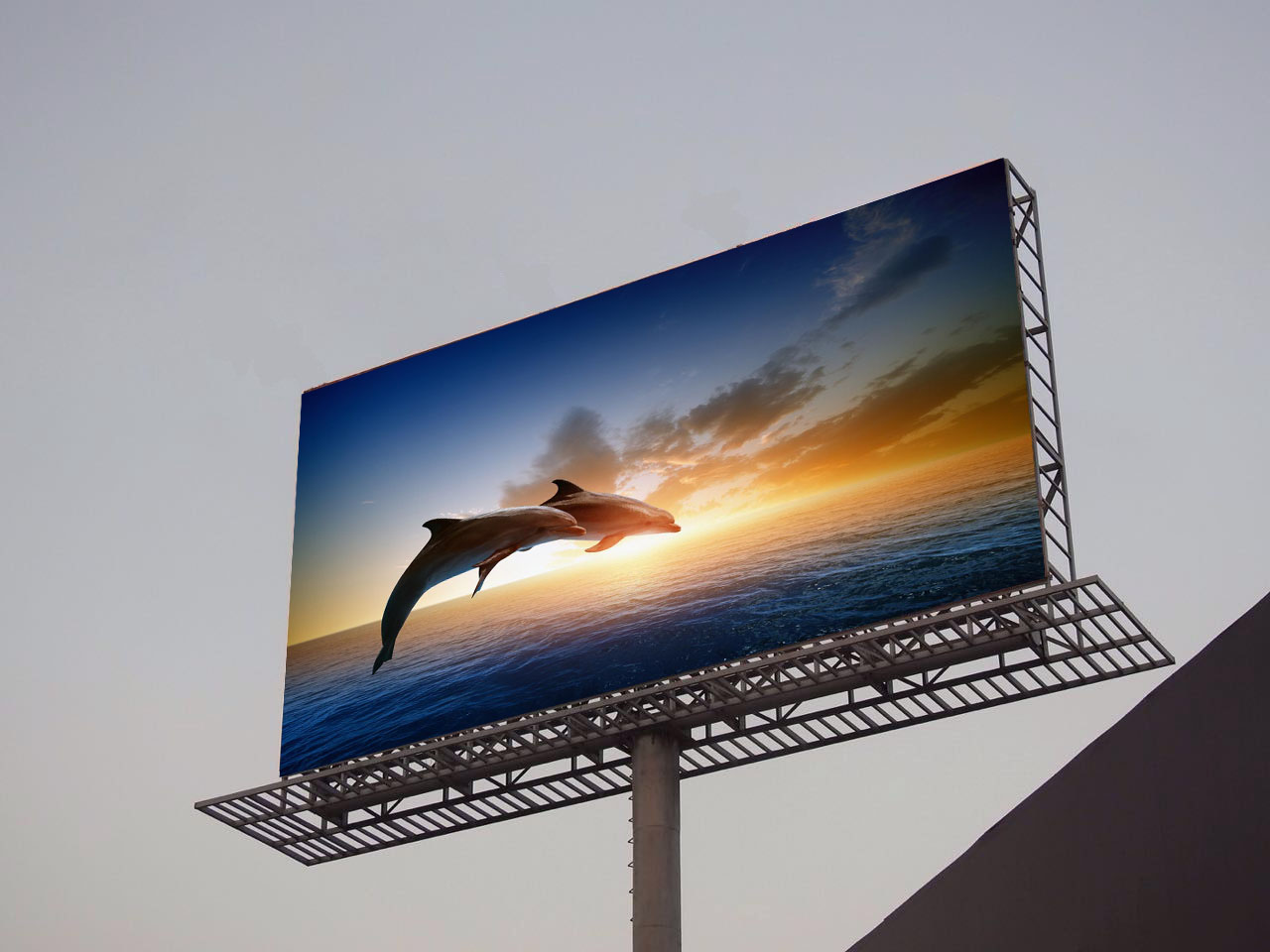
Essential Terminologies for LED Screens: A Guide for Beginners
Essential Terminologies for LED Screens: A Guide for Beginners
In today’s tech-savvy world, LED (Light Emitting Diode) screens have become the go-to choice for displays, ranging from televisions and smartphones to digital signage and advertising boards. However, understanding the numerous terminologies for LED screens can feel overwhelming. For this reason, whether you’re a consumer, a professional, or simply interested in technology, learning the right terms will ultimately help you make informed decisions when choosing or working with LED displays.
Therefore, this guide simplifies the essential terminologies for LED screens, so that you can gain a clearer understanding of the key factors that influence their performance and quality.
Basic Terminologies for LED Screens
- LED (Light Emitting Diode):
At the heart of every modern display, LEDs are semiconductor devices that emit light when an electrical current passes through them. Unlike traditional light bulbs, LEDs are highly energy-efficient and produce brighter light with less power. - Pixel:
A pixel is the smallest unit of an image displayed on an LED screen. Pixels work together to form the images, and the higher the pixel density, the clearer and sharper the image quality. - Resolution:
Resolution refers to the number of pixels displayed on a screen and is typically represented as width x height (e.g., 1920 x 1080). Generally, a higher resolution means more pixels, which results in a sharper and clearer image. - Brightness (Nits):
Brightness refers to how much light an LED screen emits. It is measured in nits, and the higher the number of nits, the brighter the display. Higher brightness is essential for screens in well-lit environments, such as outdoor LED displays.
Advanced Terminologies for LED Displays
- Refresh Rate:
The refresh rate is how often the image on the screen is updated per second, measured in Hertz (Hz). A higher refresh rate (like 120Hz or 240Hz) provides smoother motion, which is especially useful for fast-paced content like gaming or action movies. - Contrast Ratio:
Manufacturers define contrast ratio as the difference between the lightest and darkest parts of an image. A higher contrast ratio gives more depth and detail, especially in dark scenes, making images appear more lifelike. - Viewing Angle:
The screen maintains image quality up to a certain angle before colour distortion or degradation occurs. A larger viewing angle ensures that the image remains consistent, even from various positions. - Colour Gamut:
A screen reproduces colours within a specific range known as the colour gamut. A higher colour gamut percentage (such as 100% sRGB or Adobe RGB) means the display can produce more accurate and vivid colours, enhancing visual quality.
Industry-Specific Terminologies for LED Screens
- Outdoor/Indoor LED Displays:
Manufacturers create outdoor LED displays with high brightness and durability, allowing them to withstand environmental factors like rain and sunlight. As a result, these displays deliver higher brightness levels (e.g., 5,000 nits) to stay readable in direct sunlight. In contrast, indoor LED displays emit lower brightness and suit dimmer environments. - Pixel Pitch:
Pixel pitch measures the distance between individual pixels on a display, typically in millimeters. In general, a smaller pixel pitch packs pixels closer together, increasing resolution and producing clearer images, especially for close-up viewing. - HDR (High Dynamic Range):
HDR improves contrast and colour accuracy on LED screens. It allows for brighter highlights, deeper blacks, and a wider colour range, which makes the viewing experience more dynamic and realistic.
Practical Applications of Terminologies for LED Screens
Understanding LED screen terminologies helps businesses and individuals maximize display performance across various sectors.
- Advertising: Businesses install outdoor LED displays to promote products in public spaces. Most importantly, their high brightness ensures visibility, even under direct sunlight.
- Home Entertainment: LED TVs with high resolution, fast refresh rates, and HDR deliver a cinematic experience for home viewers. As a result, they enhance picture quality and viewing comfort.
- Digital Signage: Companies and organizations use indoor and outdoor LED displays to share information and advertisements in malls, airports, and transit stations. Furthermore, these screens engage audiences and improve communication.
Conclusion
In conclusion, understanding LED screen terminologies helps you choose the right display for advertising, home entertainment, and digital signage. At LED Express, we proudly deliver high-quality LED displays with superior brightness, clarity, and durability. Whether you need an outdoor LED billboard, a high-resolution business display, or a cutting-edge home entertainment screen, we offer the perfect solution. Furthermore, our products ensure exceptional performance in any environment. Contact us today to explore our wide range of LED displays and elevate your visual experience!



